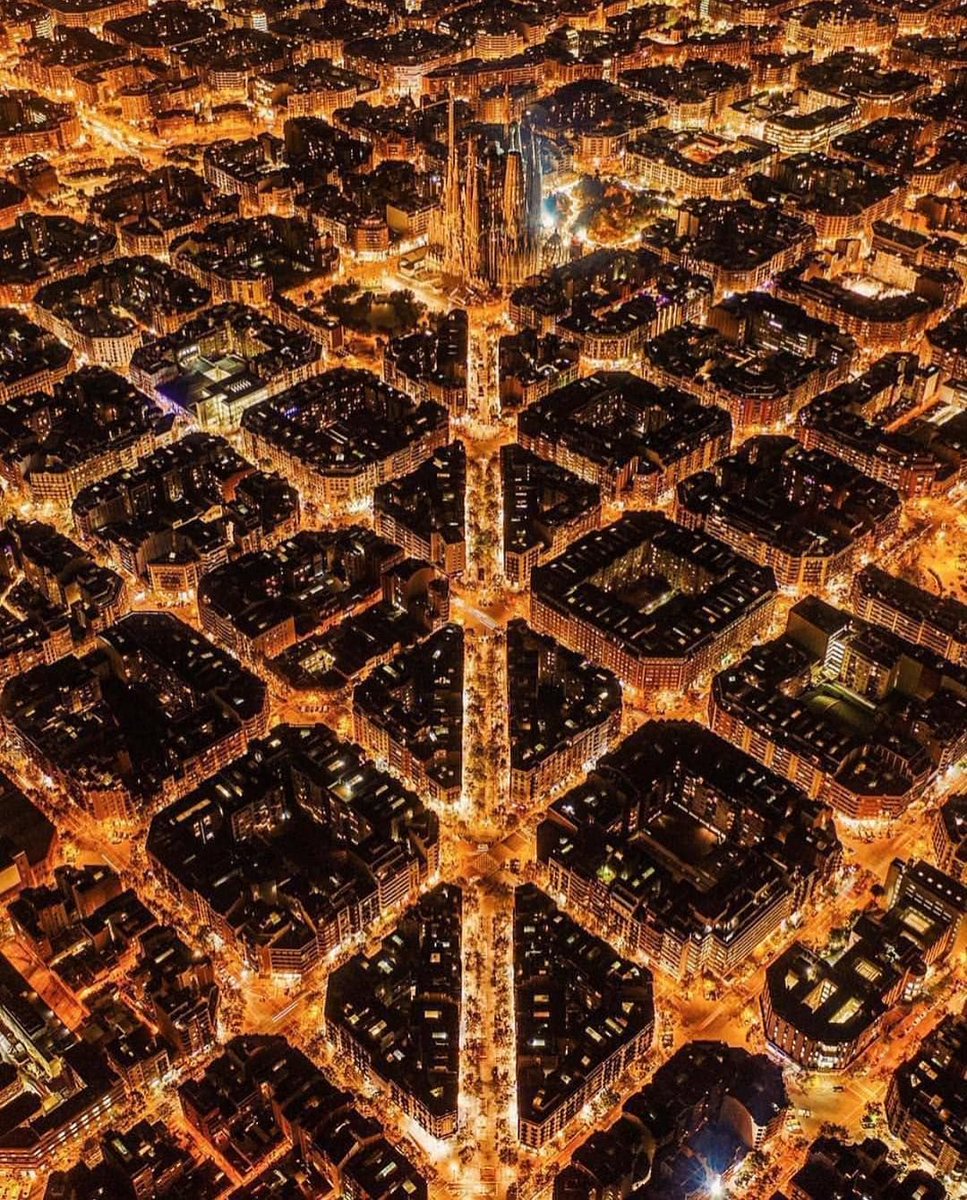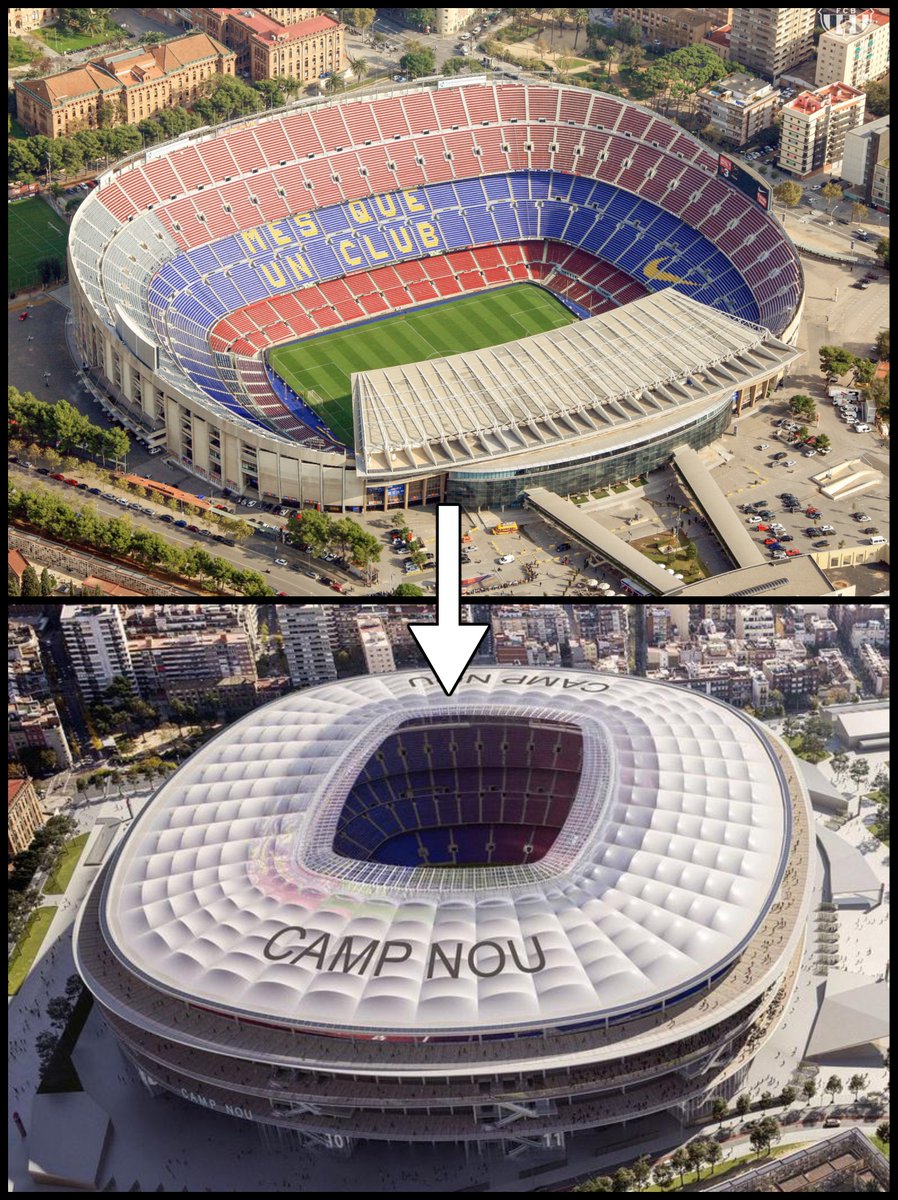How old do you think this building is?
Well, it's not as old as you might guess: it was built in 1967.
Here's its story (and why architectural style is always a choice...)
Well, it's not as old as you might guess: it was built in 1967.
Here's its story (and why architectural style is always a choice...)

It's the great Cloth Hall of Ypres, a town in Belgium, built between 1933 and 1967.
But that doesn't tell the full story, of course. It's actually a stone-for-stone reconstruction of the original Cloth Hall, completed in 1304.
But that doesn't tell the full story, of course. It's actually a stone-for-stone reconstruction of the original Cloth Hall, completed in 1304.

The name "cloth hall" comes from the fact that it was simultaneously a warehouse and marketplace for the Flemish cloth industry.
This vast and splendid hall is testament to the wealth of that age, and one of the great achievements of civic Gothic architecture.
This vast and splendid hall is testament to the wealth of that age, and one of the great achievements of civic Gothic architecture.

It was almost totally destroyed during the First World War and left in ruins for a dozen years; then it was decided to rebuild the hall exactly as it had been.
The project started in 1933 and finished in 1967. The hall now hosts a museum and is a UNESCO World Heritage Site.
The project started in 1933 and finished in 1967. The hall now hosts a museum and is a UNESCO World Heritage Site.

But the Cloth Hall of Ypres is not unusual: there are countless buildings across the world which are reconstructions of an older original.
Like the Alcázar of Toledo, a 16th century fortress destroyed in the Spanish Civil War and rebuilt in the 1950s:

Like the Alcázar of Toledo, a 16th century fortress destroyed in the Spanish Civil War and rebuilt in the 1950s:


Or the innumerable churches and religious buildings across the USSR demolished by the authorities, only to be rebuilt after the fall of the Soviet Union.
Most notably the Cathedral of Christ the Saviour in Moscow, demolished in 1931 and rebuilt in the 1990s.

Most notably the Cathedral of Christ the Saviour in Moscow, demolished in 1931 and rebuilt in the 1990s.


Or St. Michael's Golden-Domed Monastery (left) in Kyiv, Ukraine, which was demolished in the 1930s and also rebuilt during the 1990s.
Though not all were rebuilt: Alexander Nevsky Cathedral (right) in Baku, Azerbaijan, destroyed in the 1930s, has never been rebuilt.

Though not all were rebuilt: Alexander Nevsky Cathedral (right) in Baku, Azerbaijan, destroyed in the 1930s, has never been rebuilt.


Sometimes old buildings were knocked down for the sake of efficiency and later considered as bureaucratic errors.
Such as the 16th century Yongdingmen (Gate of Perpetual Peace) in Beijing, which was destroyed to make room for a road in the 1950s, only to be rebuilt in 2005:

Such as the 16th century Yongdingmen (Gate of Perpetual Peace) in Beijing, which was destroyed to make room for a road in the 1950s, only to be rebuilt in 2005:


Natural disasters or structural problems are also common causes of unintentional demolition.
The part-Medieval, part-Renaissance St Mark's Campanile in Venice collapsed in 1902 when undergoing restoration work.
By 1912 it had been fully rebuilt, almost exactly as it once stood:

The part-Medieval, part-Renaissance St Mark's Campanile in Venice collapsed in 1902 when undergoing restoration work.
By 1912 it had been fully rebuilt, almost exactly as it once stood:


Or it was simply time itself that led to ruin, as with Trakai Island Castle in Lithuania, first built by Vytautas the Great in the 15th century.
It was rebuilt in interrupted stages throughout the 20th century, finally finished in the 1960s, and now a major tourist attraction.
It was rebuilt in interrupted stages throughout the 20th century, finally finished in the 1960s, and now a major tourist attraction.

And war, of course, is guilty of much demolition.
There are too many cases to even scratch the surface, but one example is post-WWII Germany, whose cities had been gutted - Dresden more than most.
The Frauenkirche was utterly destroyed in 1945; 60 years later it stood again.
There are too many cases to even scratch the surface, but one example is post-WWII Germany, whose cities had been gutted - Dresden more than most.
The Frauenkirche was utterly destroyed in 1945; 60 years later it stood again.

There's a difference between *reconstruction* and *restoration*.
All these are examples of reconstruction, where a totally or mostly ruined building is returned to its original appearance, whereas restoration is more like repair.
All these are examples of reconstruction, where a totally or mostly ruined building is returned to its original appearance, whereas restoration is more like repair.
And there's another side to reconstruction.
Rather than rebuilding immediately (or as soon as circumstances permit) sometimes a structure is rebuilt after centuries...
Such as Shakespeare's Globe in Britain (1997) or Babylon in Iraq (1978).

Rather than rebuilding immediately (or as soon as circumstances permit) sometimes a structure is rebuilt after centuries...
Such as Shakespeare's Globe in Britain (1997) or Babylon in Iraq (1978).


This latter category is more experimental, but the former - of rebuilding recently destroyed structures exactly as they were - is a hot topic.
While the general public almost always approve of such reconstruction, architectural theorists and urban planners are less convinced...
While the general public almost always approve of such reconstruction, architectural theorists and urban planners are less convinced...
Some are tempted to say that the Cloth Hall, the Frauenkirche, the Alcazar of Toledo and all the rest aren't real buildings, that they're inauthentic copies, merely sentimental.
But what makes a building "real" if not that it simply exists?
But what makes a building "real" if not that it simply exists?
Usually propelling this argument is change. Because destruction - intentional or not - is a chance to build something new.
See, most buildings destroyed in WWII weren't reconstructed. Architects and governments had a unique opportunity to - literally - build a new world.
See, most buildings destroyed in WWII weren't reconstructed. Architects and governments had a unique opportunity to - literally - build a new world.

But change is not inherently bad. Many forget that cities like Paris were totally overhauled in the 19th century. Its Medieval streets were demolished and replaced with brand new boulevards and houses by Haussmann.
What is old was also once new; styles should and must evolve.
What is old was also once new; styles should and must evolve.

See, the deeper point is that people can attach importance to specific buildings or styles.
And what's sentimental about making buildings whose architecture people genuinely like?
It's not always traditional either. Serbia's Avala Tower was destroyed in 1999 and remade in 2010:
And what's sentimental about making buildings whose architecture people genuinely like?
It's not always traditional either. Serbia's Avala Tower was destroyed in 1999 and remade in 2010:

While Frankfurt's old town was, like so many, destroyed in WWII.
It was initially rebuilt in a modernist fashion, but after lengthy public campaigns it was rebuilt again between 2012 and 2018 according to its prewar appearance.
The people of the city preferred it that way.

It was initially rebuilt in a modernist fashion, but after lengthy public campaigns it was rebuilt again between 2012 and 2018 according to its prewar appearance.
The people of the city preferred it that way.


While the 16th century House of the Blackheads in Riga, also destroyed in WWII, was rebuilt in the 90s partially thanks to public donations: people symbolically paid for a brick to be laid, thus playing a direct role in its reconstruction.
The building was important to them.

The building was important to them.


Perhaps the most interesting thing about these reconstructions is that they were even possible.
Much modern architecture is wonderful - but, as with any style, much of it isn't. Nonetheless, we get the impression that other, older styles just aren't feasible any more.
Much modern architecture is wonderful - but, as with any style, much of it isn't. Nonetheless, we get the impression that other, older styles just aren't feasible any more.
And yet both of these were built in the 1960s.
One is the Warsaw Old Town, reconstructed after being destroyed in WWII. The other is postwar tower blocks in London.
It's not about which is better - just what is possible.

One is the Warsaw Old Town, reconstructed after being destroyed in WWII. The other is postwar tower blocks in London.
It's not about which is better - just what is possible.


So a better way to view these reconstructions isn't as sentimental or as mere imitations, but as any other 20th century building - just one that happened to be designed differently.
A meaningful choice, as every building is.
(Buda Castle, Hungary)

A meaningful choice, as every building is.
(Buda Castle, Hungary)


Ultimately, the decision to reconstruct all these buildings tells us something fundamental about architecture.
That buildings often surpass their function entirely and start to *mean* something to the people who live in or around them, regardless of what they are for.
That buildings often surpass their function entirely and start to *mean* something to the people who live in or around them, regardless of what they are for.
The old towns of Frankfurt and Warsaw, the House of the Blackheads in Riga, St. Mark's Campanile in Venice, the churches and civic buildings of Dresden...
These were symbols for the people of those cities; a part of their identity.
Such is the power of architecture.
These were symbols for the people of those cities; a part of their identity.
Such is the power of architecture.
• • •
Missing some Tweet in this thread? You can try to
force a refresh





















